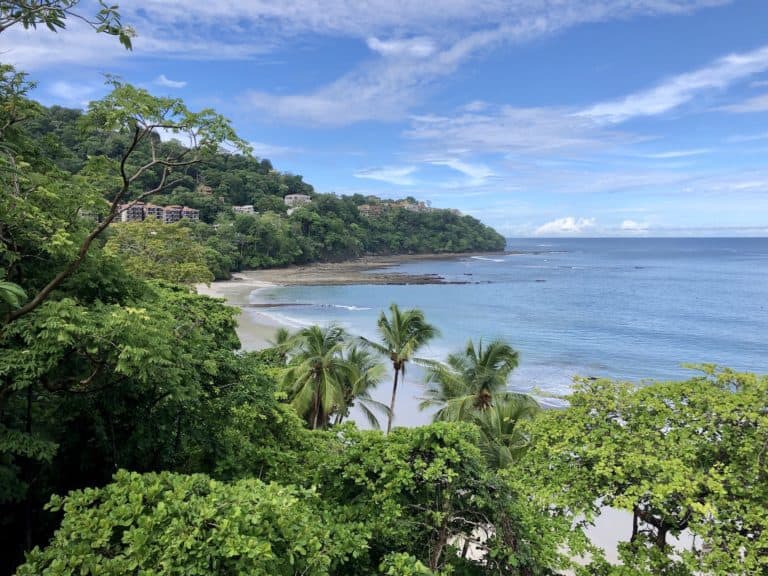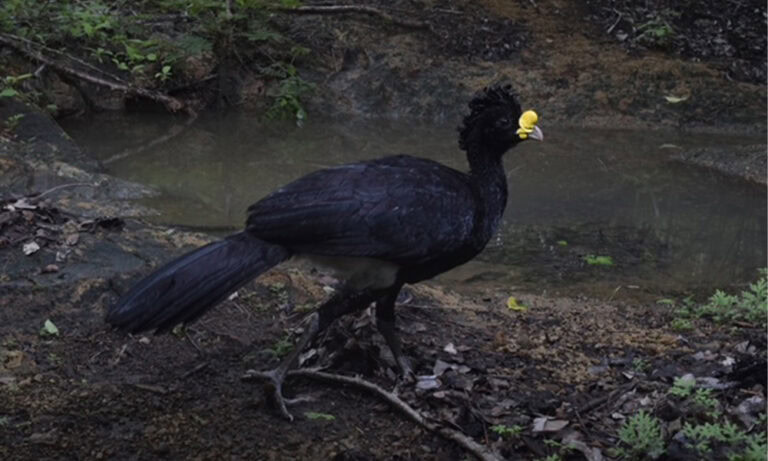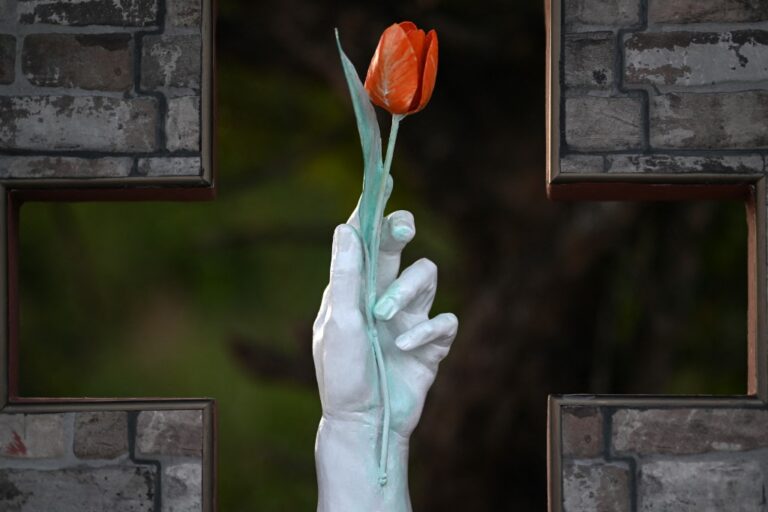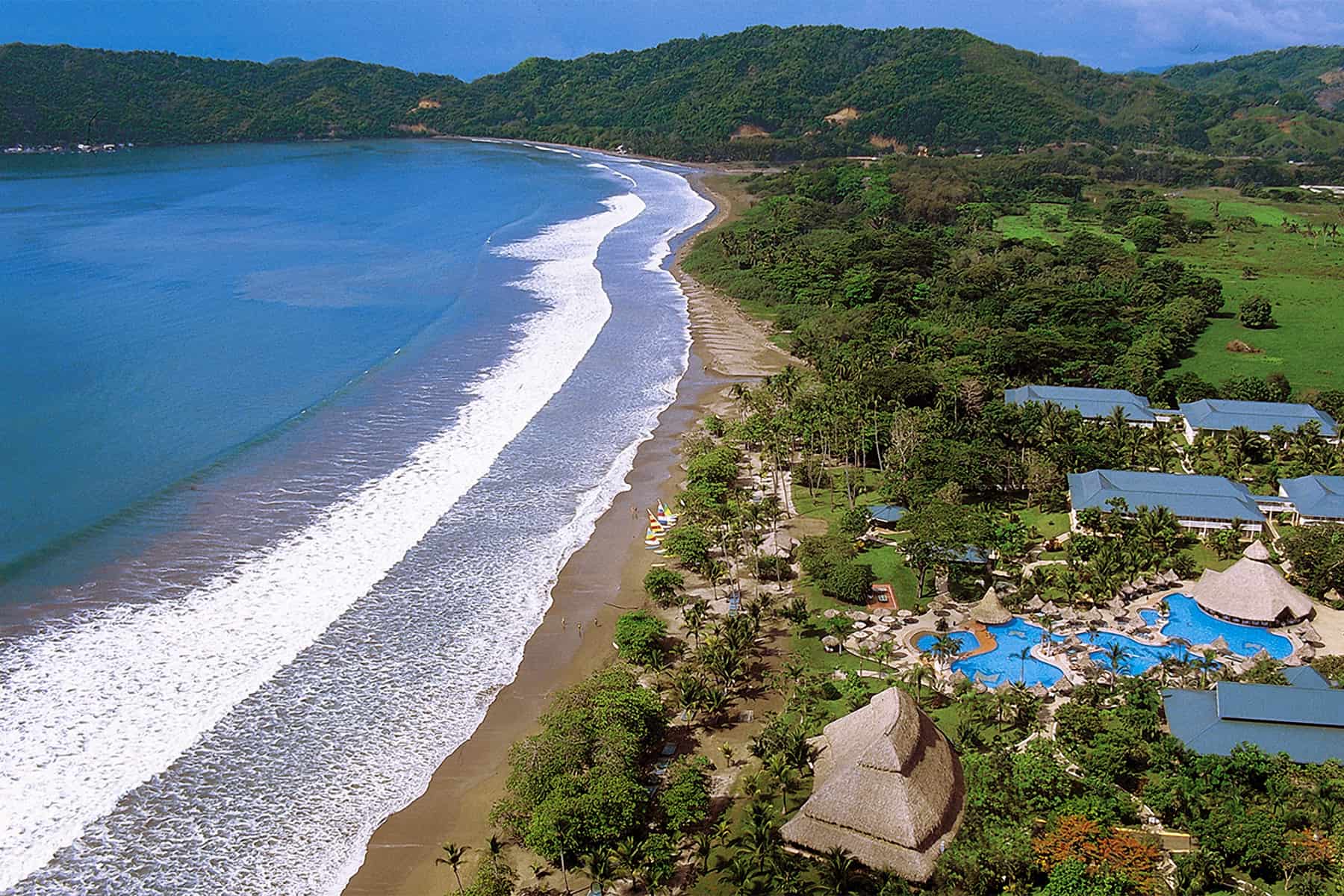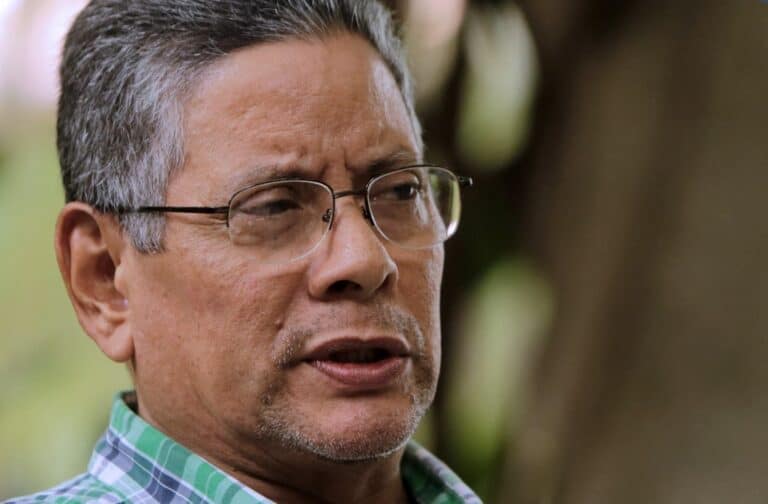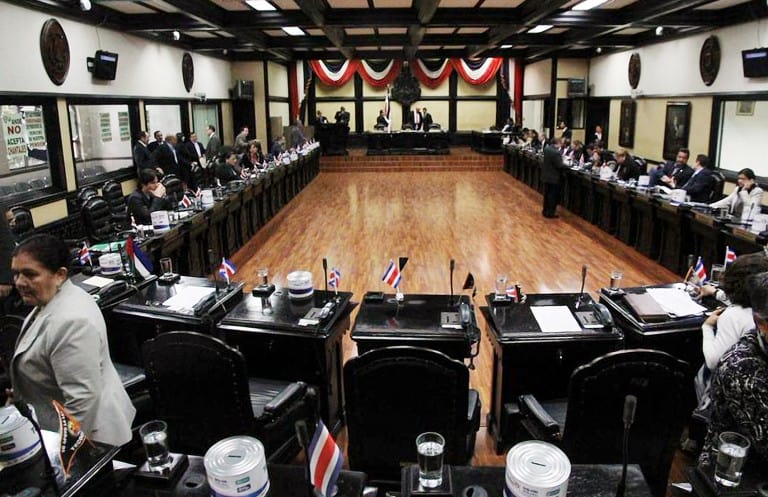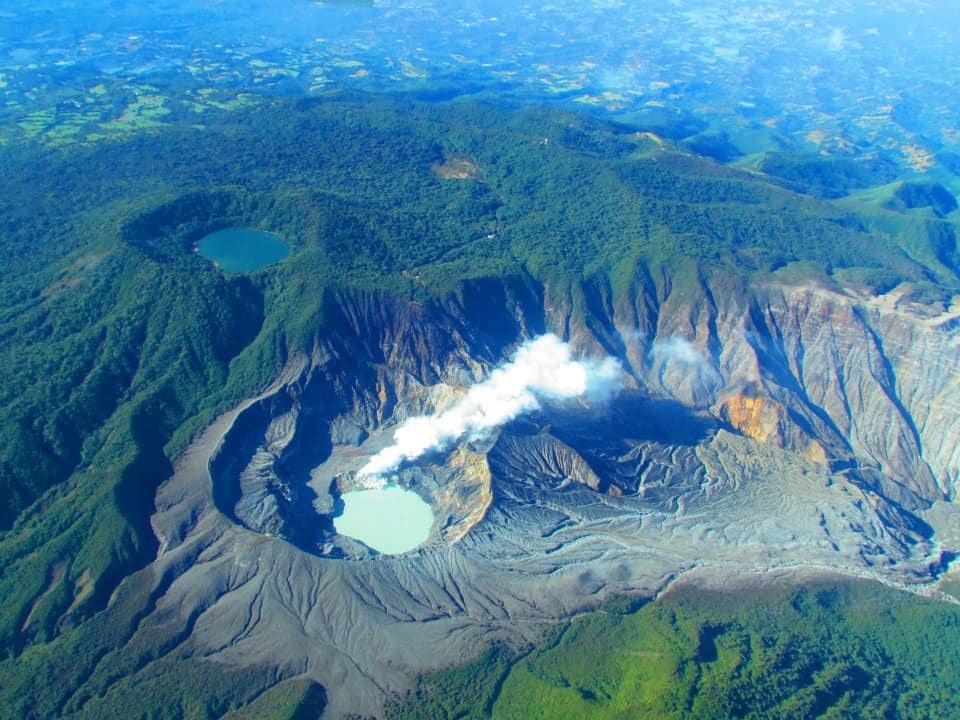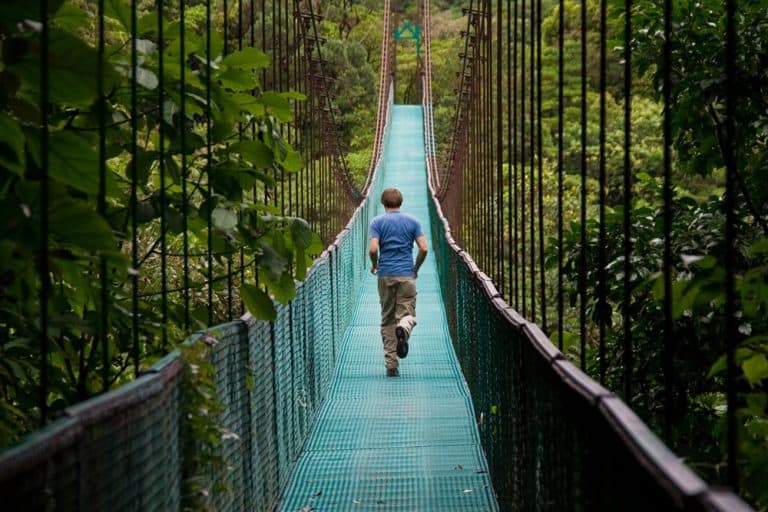Mexican airline Viva Aerobus is launching a new international route linking Monterrey, Nuevo León, with San José, Costa Rica, starting October 30, 2025. This direct flight offers travelers a convenient and affordable way to hop between these two dynamic cities, marking Viva’s first-ever service to Costa Rica.
Flights will run twice weekly. From Monterrey, planes depart Mondays and Fridays at 9:50 PM, landing in San José at 1:20 AM the next day. Return flights leave San José on Tuesdays and Saturdays at 2:20 AM, arriving in Monterrey by 6:00 AM. The schedule runs through January 12, 2026, pauses, and resumes permanently on March 28, 2026, for the Easter vacation season. “This route responds to growing demand,” said Costa Rica’s Tourism Minister, William Rodríguez. “Monterrey’s a thriving city, and Costa Rica’s natural beauty is a big draw.”
Viva Aerobus, based at Monterrey International Airport, operates 180 routes across Mexico, the U.S., Cuba, Colombia, and now Costa Rica, with 45 routes from Monterrey alone. Its fleet of 96 A320 and A321 aircraft is Mexico’s youngest and ranks fifth youngest in North America. Passengers can join Doters, Viva’s loyalty program with over 9 million members, earning points for flights and partner rewards. The airline’s flex-SÍ-bility policy also allows up to 11 ticket changes, like tweaking names, dates, or routes, making travel plans stress-free.
“This is a big deal for us,” said Juan Carlos Zuazua, CEO of Grupo Viva Aerobus. “Monterrey’s our home, and now our passengers can fly straight to San José’s capital. With over 45 connecting destinations from Monterrey, this route opens up new possibilities for travelers heading to Mexico, the U.S., or beyond.” The route strengthens Monterrey’s role as a key hub, especially with the 2026 World Cup on the horizon, when Nuevo León expects a tourism surge.
Costa Rica’s appeal is clear. From January to May 2025, 36,211 Mexican tourists arrived by air, making Mexico a top market for Costa Rican tourism, per the Costa Rican Tourism Institute (ICT). Travelers can explore San José’s cultural scene, nearby rainforests, and Pacific beaches, while Costa Ricans gain easier access to Monterrey’s business opportunities and culinary hotspots. “This connection brings our regions closer,” Rodríguez added, noting the boost to tourism and trade.
The route is Viva’s first venture into Central America, a milestone for the low-cost carrier founded in 2006. Tickets are already available on Viva’s website, and with competitive fares, the airline aims to make this route a go-to for budget-conscious travelers.
For more details, visit Viva Aerobus’s official site or follow updates from the Costa Rican Tourism Institute.


